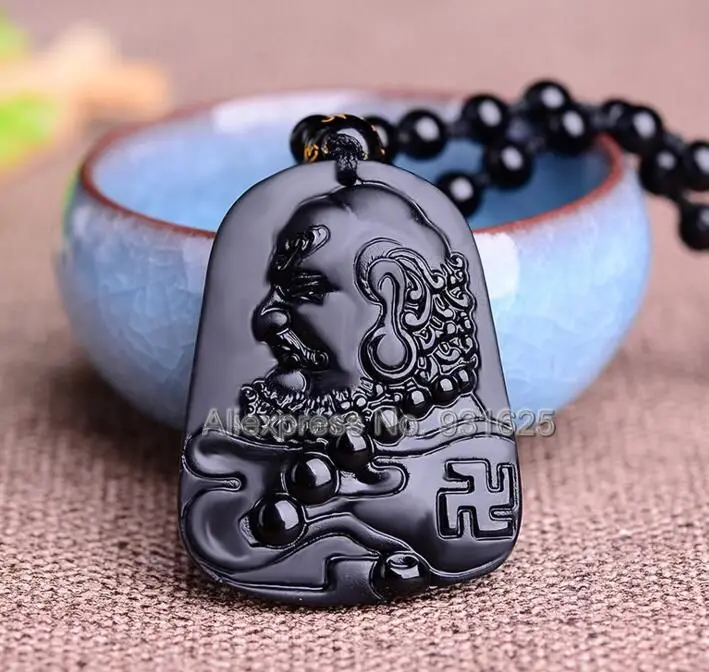

There are two broad classes of opal: precious and common. The name opal is believed to be derived from the Sanskrit word upala ( उपल), which means 'jewel', and later the Greek derivative opállios ( ὀπάλλιος), which means 'to see a change in color'. It is deposited at a relatively low temperature and may occur in the fissures of almost any kind of rock, being most commonly found with limonite, sandstone, rhyolite, marl, and basalt. Due to its amorphous property, it is classified as a mineraloid, unlike crystalline forms of silica, which are considered minerals. nH 2O) its water content may range from 3 to 21% by weight, but is usually between 6 and 10%.Opal is a hydrated amorphous form of silica (SiO 2 Hot salt water, bases, methanol, humic acid, hydrofluoric acid Mexican opal may read as low as 1.37, but typically reads 1.42–1.43 īlack or white body color: inert to white to moderate light blue, green, or yellow in long and short wave, may also phosphoresce, common opal: inert to strong green or yellowish green in long and short wave, may phosphoresce fire opal: inert to moderate greenish brown in long and short wave, may phosphoresce Single refractive, often anomalous double refractive due to strain


A rich seam of iridescent opal encased in matrixĬolorless, white, yellow, red, orange, green, brown, black, blue, pink


 0 kommentar(er)
0 kommentar(er)
